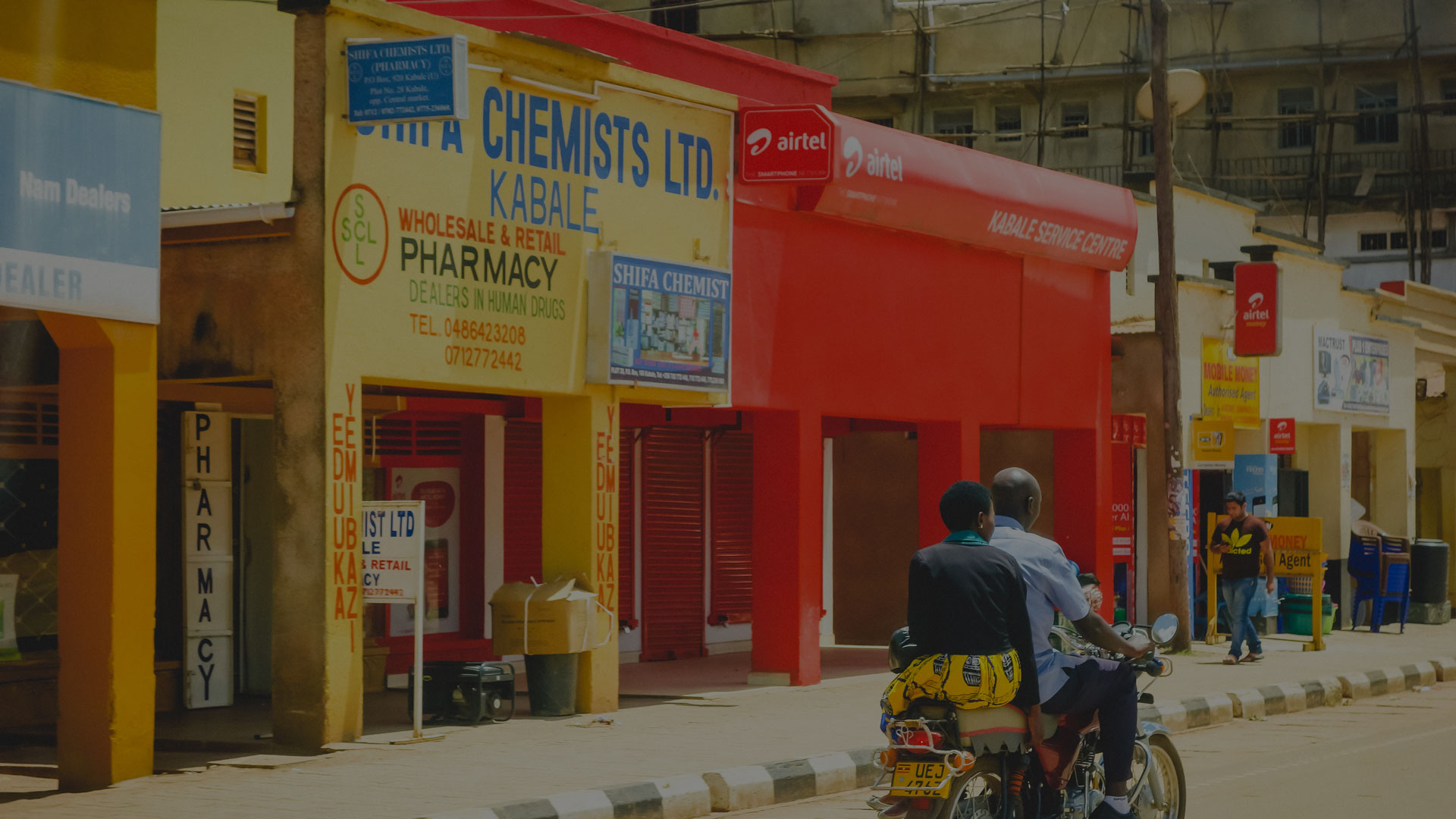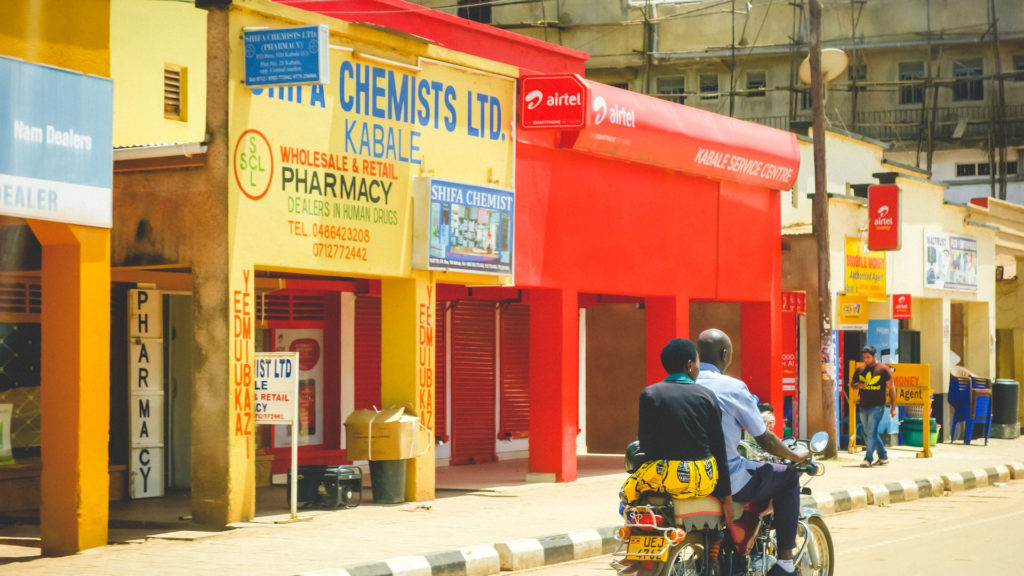
Article
March 7, 2019
Open Contracting in Health can save lives

By Sebastiana Etzo

37 million: the number of global news entries if you google “corruption and health” Some of these are about the latest corruption scandals, others are more analytical pieces. Most entries – if not all – however, make a clear link between corruption and the severe consequences for access, quality and effectiveness of health services. The simple fact is that corruption in health is a matter of life and death.
The health sector is considered to be particularly susceptible to corruption with an estimated 6% of the total global spent on healthcare being lost annually to corruption. Procurement presents the largest risks (Transparency International, 2016) and it is a particularly significant problem in countries where public resources are severely constrained.
For this reason, Transparency International Health Initiative (TI-HI) has identified procurement as one of its key strategic areas of focus. Since last year, we have been implementing the Open Contracting for Health (OC4H) project in selected countries in Sub-Saharan Africa and in Asia. The project supports the practice of publishing and using procurement information, i.e. open contracting, to ensure a better use of public funds in health. We believe that by mainstreaming open contracting and the Open Contracting Data Standard (OCDS), we can increase transparency in the procurement process. More transparency means that governments can improve efficiency, monitor service delivery and value for money, saving up to 20% of their health budget that can be channelled towards increasing access to quality services for the most vulnerable.
Open Contracting in the health sector is however still a new terrain, particularly in the contexts where we operate. Despite the excitement for this project and the achievements, the past 12 months have also been very challenging.
Here are some of our learnings so far and how we plan to make an impact.
Challenges
The main challenges we encountered were specific to the contexts where we operate. The scoping studies revealed early that some of the approaches and solutions in the implementation of open contracting and the OCDS could not work in countries characterised by scarce resources, insufficient technology structures and access, and overall little or no knowledge of open contracting and open data. Compared to the success stories from Latin America or Ukraine, in our focus countries (with the possible exception of Nepal), open contracting felt more as a top-down agenda, a response to international Donors’, rather than a call from the masses. And this explains, at least partly, the weak political will to move forward on the open government agenda.
Our response
We chose to focus on the sub-national level of government to be able to better manage the project and this proved to be the right choice. At the local and regional level available resources (financial and human) are often insufficient and local and districts authorities struggle to deliver on their mandate. We found that technical support and any solution that may increase efficiency were very much welcome at this level.
From a more strategic point of view, operating at this level allows us to test approaches relatively rapidly and generate the evidence we need to inform the next actions.
We changed our approach to the project and took a step back:
- As a team, we found the benefits of a more flexible and adaptive project management. This gives each of us the opportunity to explore activities and avenues (e.g. in the M&E methodology or in external partnerships) that can generate quick learnings (and, why not, some quick wins), making the best use of resources and providing our implementing partners and stakeholders with quick feedbacks;
- Last July, we worked with TI Uganda to run a 3 months pilot to test the online learning and resource platform and our overall approach to the implementation of OCDS. Since then we have moved our attention from the mere adoption of OCDS to data usage and data users. This means, for example, that we started to look at more accessible and low tech solutions including developing an excel spreadsheet to generate pre-set data analysis that responds to the need of the procurement entities and can support in informing their decision; or improving the learning platform to make sure it responds to the needs of low connectivity environments.
The way forward
The next months will be important for consolidating the initial results, while continuing to explore new solutions that can contribute to a better understanding of how open contracting can work in low income and transition economies. Among our priorities are:
- Generating more evidence to measure impact and build a case for OC in low income countries. To create consensus, harnessing political will and mobilise civil society, we need to show the utility of data and data analysis. We need more active users, OC champions across the different stakeholders. We will be monitoring data use at different levels and through traffic on our open learning and resource platform;
- We will be working more and more with the increasingly large open contracting community to share learning, generate ideas and strengthen our advocacy efforts. Innovations and creative responses are needed if we want to make strides toward a more universal health care. This can only come from local and global organisation ecosystems and networks.